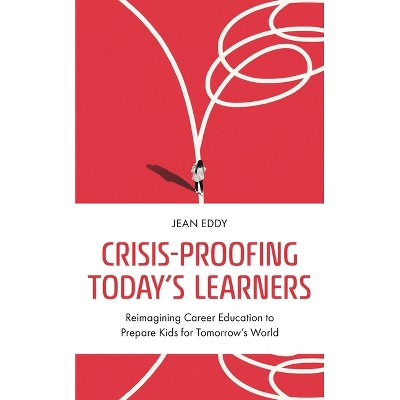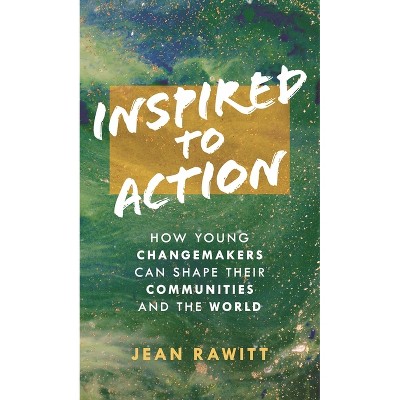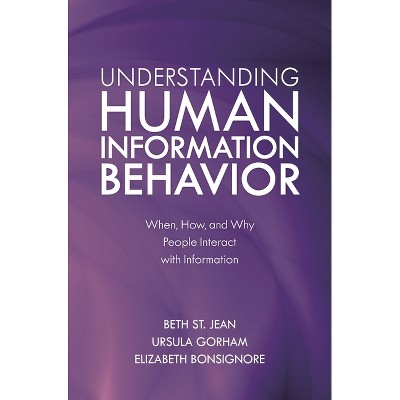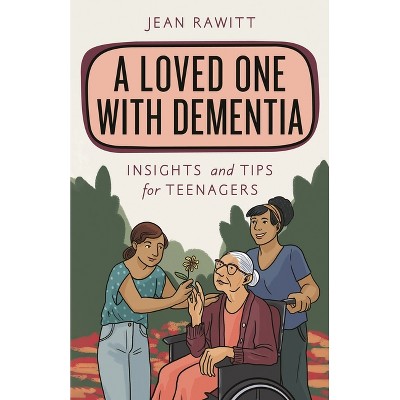Seeing White - 2nd Edition by Jean Halley & Amy Eshleman & Ramya Mahadevan Vijaya (Paperback)

About this item
Highlights
- Seeing White: An Introduction to White Privilege and Race is an interdisciplinary, supplemental textbook that challenges students to see race as everyone's issue.
- About the Author: Jean Halley is a professor of sociology at the College of Staten Island and the Graduate Center of the City University of New York (CUNY).
- 274 Pages
- Social Science, Discrimination & Race Relations
Description
About the Book
Seeing White: An Introduction to White Privilege and Race is an interdisciplinary, supplemental textbook that challenges students to see race as everyone's issue. The new edition includes updated evidence, descriptions, stories, and chapters throughout.Book Synopsis
Seeing White: An Introduction to White Privilege and Race is an interdisciplinary, supplemental textbook that challenges students to see race as everyone's issue. The new edition includes updated evidence, descriptions, stories, and chapters throughout.
Review Quotes
Introducing students to the concept of racial privilege is fundamental to teaching about racism, yet hard to do. Seeing White is a great resource for those who undertake this important work, providing an excellent primer for classroom discussion.
Now when some would describe our times as post-race, Seeing White offers its readers an opportunity to rethink race and power from an interdisciplinary perspective drawing on sociology, economics and psychology. The great accomplishment of the book is its appeal to readers to reflect on their own view of race as well as their relationship to the privilege of whiteness. Seeing White is a must read for all of us.
Seeing White engagingly makes whiteness into a problem--one needing to be investigated in all its human and inhuman dimensions. The great interdisciplinary reach of the authors opens up, for students and all of us, the changing ways in which race has been made over a long history and how it is remade and contested today.
Seeing White is an excellent book. It has everything from scientific studies of race and the developments of White superiority, to the intersectionality of income, gender, and race. I believe it to be the best study of White race yet written. This is a volume from which any sociologists specializing in race should read.
The authors have developed a lengthy and persuasive argument--based on science, scholarship, and a constant investigation of values--about race, racism, and the role genuinely goodhearted people can contribute to the problems of race in America. This book will challenge students, and it is guaranteed to stimulate discussion and debate.
This book is a rare gem. There are lots of books on race, and some on privilege, but none brings it all together in one place in such an illuminating and thoughtful way. None so ably connects psychology, identity politics, economics and policy to explain the origins of race and how it is socially modified over time. The content was both enlightening and challenging, and the examples and stories used in this book will help students really understand the complicated issues of how race affects all of our lives.
While everyday conversations about race amount to conversations about people of color, where race is treated as something that only people of color "have," white is also a racial category, and reluctance to name and examine it as such has served to maintain racial inequality. Seeing White, in a true interdisciplinary fashion, makes white cultural assumptions and privilege visible by connecting theory and findings from sociology, psychology, history, and economics. Written in an accessible language with multiple compelling stories and examples, the book will challenge students to reexamine their constructed notions of the nature and consequences of race and whiteness.
With remarkable clarity, Halley, Eshleman and Vijaya have made the often invisible workings of culture both visible and comprehensible. Focusing on one of the most knotty of problems-entrenched assumptions about racial difference and inequality-this important book will offer students the opportunity to see the familiar in unfamiliar ways, and to challenge the mental baggage that so many carry inside their heads and hearts. The book's goal is to lay the groundwork for a better historical understanding of ideas that too often remain unexamined.
About the Author
Jean Halley is a professor of sociology at the College of Staten Island and the Graduate Center of the City University of New York (CUNY). Her first book about breastfeeding, children's sleep, gender and parenting, Boundaries of Touch: Parenting and Adult-Child Intimacy, was published in 2007. That year, she also assisted Patricia Ticineto Clough in editing The Affective Turn: Theorizing the Social. Halley's The Parallel Lives of Women and Cows: Meat Markets, a combination of memoir and social history of cattle ranching in the United States, came out in 2012. Halley and Amy Eshleman published Seeing Straight: An Introduction to Gender and Sexual Privilege on gender and heteronormativity in 2017. Halley's Horse Crazy: Girls and the Lives of Horses, came out in 2019. Ron Nerio's and Halley's The Roads to Hillbrow: Making Life in South Africa's Community of Migrants comes out with Fordham University Press in 2022.
Amy Eshleman is a professor of psychology and regularly teaches classes at Wagner College on race, class, gender, and sexuality, in which she shares with students her research on expressions of prejudice. In addition to co-authoring Seeing Straight: An Introduction to Gender and Sexual Privilege with Jean Halley, she has published many articles in peer-reviewed journals including Women's Studies, Review of Black Political Economy, Learning Communities Research Practice, and Journal of Applied Social Psychology. She holds a PhD in social psychology from the University of Kansas.
Ramya Vijaya is a professor of economics at Stockton University in New Jersey. Her research is in the area of labor market inequalities, globalization, and feminist political economy. She coauthored the book Indian Immigrant Women and Work: The American Experience, published in 2016.She has published multiple articles on gender, work, and structural economic inequalities in academics journals as well as news media outlets such as the Washington Post, The Conversation, and the Scroll.In. Vijaya holds a PhD in economics from American University.











